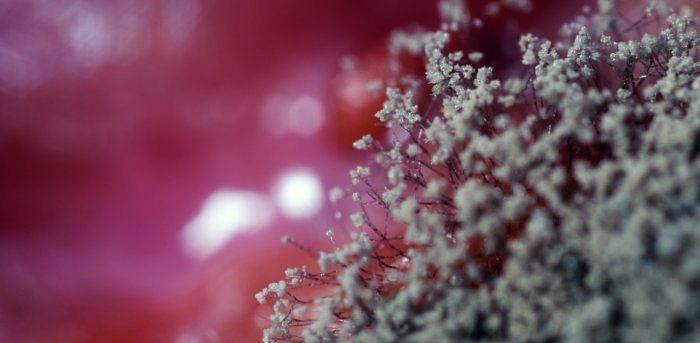
In many cases of mucormycosis, patients present clinical manifestations of the fungal infection, but their microbiology reports and cell culture reports do not reflect the same. Keeping this in mind, members of the sub-committee set up by the state government for this infection have proposed a scoring system to diagnose such patients.
Dr Sampath Chandra Prmasad Rao, a skull base surgeon at Manipal Hospital, and a member of the sub-committee on mucormycosis, said, "We've proposed a scoring system for mucormycosis. The problems that we face during treatment and procurement of drugs like Amphotericin are that we need to prove it first, via a histopathology report or a culture report."
"In a lot of cases, among 57 patients treated at Manipal, patients are neither positive in histopathology nor cell culture tests. We have already scored 30-40 patients at our hospital. Mucormycosis is notorious for throwing up a false negative. Such patients are not authorised to get Liposomal Amphotericin B because of the short supply of the drug. We then have to go for other drugs like Isoconazole that are not specific for mucormycosis. This is a problem that we have been facing for the last few months," he said.
Asked how many such patients were there at Manipal, Rao said, "We would never know as they were treated as non-mucormycosis patients. They were sent back after being treated with other drugs. At least 15 patients were there at our hospital. Right now, we only have a confirmed mucormycosis database. That’s precisely the problem."
"Medical literature says only 50% of patients, where histopathology comes positive, come positive in culture. So the scoring system takes into account history of diabetes, Covid, vaccination, and hypoxia. Even if they have negative histopathology reports or culture reports, if their score is high, patients will be categorised as 'probable' or 'likely to have Mucormycosis'. Based on this, the government should be able to make these patients eligible for receiving Amphotericin. The government has accepted our proposal," he added.
However, when DH spoke to government hospitals, they said they were able to raise indents for Liposomal Amphotericin B, even for suspected patients.
Dr Sujatha Rathod, Director, Minto Hospital, who has overseen treatment of 201 mucormycosis patients at Victoria Hospital, said, "We have also got many patients where clinically they show signs of mucormycosis, but their histopathology or cell culture tests are negative. They may be KOH positive but culture negative. We have procured Liposomal Amphotericin B for suspected patients too." The KOH Test is a quick, inexpensive fungal test to differentiate fungal infection from other skin disorders.
Dr Manoj Kumar, Dean, Bowring and Lady Curzon Hospital, who has overseen treatment of 285 mucormycosis patients, said, "We have also found many cases like this. We have been diagnosing using CT scan, MRI or by clinical manifestations. Even if the reports are negative, we have raised indents for Liposomal Amphotericin B saying they are 'suspected' patients. Many times, cell culture tests do not reflect the growth of mucormycosis. Sometimes, it can also be another fungal infection like aspergillosis or candida (white fungus)."
